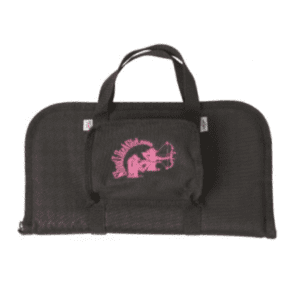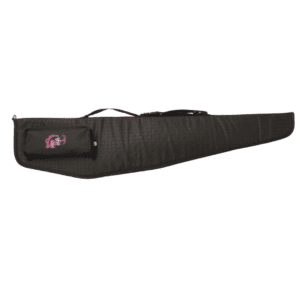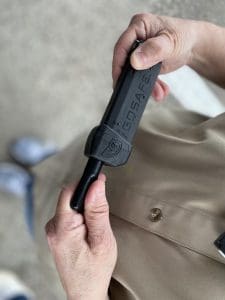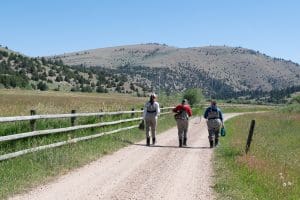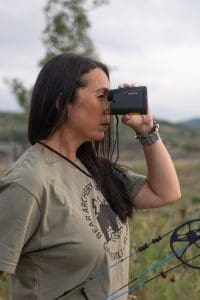
- Safety
STRATEGIES FOR SAFE SOLO TRAVEL
Traveling alone can be both exciting and a little scary. We are responsible for every aspect of our personal safety protocol, from the time we leave home until our return. We must have strategies for safe solo travel. Ironically when we travel with others, all of us have the tendency to abdicate some personal safety responsibilities to the group. We expect everyone in the group will be on alert which can cause us to let our guard down, believing the others in the group will have our back.
 Start to think about the places we go. How we will get there, where we will lodge and who are the strangers we will encounter? Think about what you do differently when you are traveling alone? Consider the preparations you make beforehand to ensure, to the best of your ability, a safe trip and return.
Start to think about the places we go. How we will get there, where we will lodge and who are the strangers we will encounter? Think about what you do differently when you are traveling alone? Consider the preparations you make beforehand to ensure, to the best of your ability, a safe trip and return.
There are many travel strategies for safe solo travel to consider and begin to incorporate into your routine travel plans.
Situational awareness while traveling should rise to a higher level, as you incorporate additional strategies for safe solo travel, not typically used, into your personal daily plan.
LEAVING YOUR HOME
 When preparing to travel, there are numerous actions you should take to secure your home before you leave. Strategies include: having your mail held by the post office, telling a trusted neighbor when and how long you will be gone. You can also set timers on lighting in the home to randomly illuminate at various times of the day and night, and use dusk-to-dawn external lights. Alert the local police department about extended travel dates. Also ensure that your home alarm system is in proper working order and engaged, and ask a friend to regularly check on your property while you are away.
When preparing to travel, there are numerous actions you should take to secure your home before you leave. Strategies include: having your mail held by the post office, telling a trusted neighbor when and how long you will be gone. You can also set timers on lighting in the home to randomly illuminate at various times of the day and night, and use dusk-to-dawn external lights. Alert the local police department about extended travel dates. Also ensure that your home alarm system is in proper working order and engaged, and ask a friend to regularly check on your property while you are away.
If you use a rideshare service for travel to the airport or trip destination, avoid any personal conversations.
Keep conversations very generic.
Don’t give details about the length of your trip or the fact that your home may be unoccupied during that time. Wear comfortable clothing and consider a crossbody style purse or bag. Sit in the backseat and keep your items with you in case you need to exit the vehicle unexpectedly. Make a note of the driver’s name, the car make and model, and the rideshare service. Forward that information, along with your travel itinerary, to a loved one or friend. They should know your expected time of arrival and you should confirm your safe arrival with them.
There is no requirement to engage in small talk with drivers or to be overly polite. If you use your phone while riding to your destination, do not disclose information that may be overheard and pay attention to where the driver is taking you. It’s helpful to input the final destination into your phone’s navigation app when you enter the car and be mindful of the route the drive is travelling. Remember, when it is safe to dos so, you have the right to exit the vehicle for any reason, especially if you feel unsafe. When traveling alone your intuition is vital.
There is a difference between paranoid and prepared.
If your internal alarm is telling you something seems out of the ordinary, trust your gut and be prepared to act accordingly. Never allow common courtesy or politeness to override that uneasy feeling.
HOTEL SAFETY
Strategies for safe solo travel also apply to hotels. When planning your trip, conduct your own due diligence about the safety of the hotel and its surrounding area. Crime reports are available online for your review. Read and pay attention to the reviews, such as Yelp which have been posted by previous customers and travel services.
Upon arrival at the hotel, pay close attention to who is watching you. Is anyone in the lobby observing you while you are checking in? This is the ideal time for potential criminals to engage in an act known as “ear hustling or eavesdropping”. Think about the information shared when checking in, such as your name, the number of nights you are staying, whether you need one or two keys (always say two), your room number, the make and model of your car (if applicable) and whether you need help with taking your bags to your room. Criminals are also looking at how you are dressed, your jewelry, your purse and anything of value, including you.
Ask about hotel security and who you should contact if there are any problems during your stay and how to contact him or her. Ask if round the clock police or security are present and if there have been any past security breaches at the hotel. Verify with the hotel representative that your room is not an adjoining room. Always have a backup hotel plan in the event you need to change venues.
 When walking to your hotel room, scan your environment and assess who is nearby. If you must take the elevator, pay attention to who is on the elevator when it arrives and who follows you into the elevator.
When walking to your hotel room, scan your environment and assess who is nearby. If you must take the elevator, pay attention to who is on the elevator when it arrives and who follows you into the elevator.
There is no requirement to get on an elevator if you feel uncomfortable. Wait for the next one!
Always check your surroundings before entering your room. Upon entry, conduct a complete check of the room, including the closet, under the bed(s), the shower and look for anything that looks like the room has been disturbed. Once the room has been deemed safe, secure the door with all locking mechanisms available. If you travel with a door alarm, place it at the entry door. As an alternative, place a chair or other object at the door for the primary purpose of creating noise should someone unexpectedly enter your room. Make sure any safety tools that you’ve brought with you are readily accessible should you need them to defend yourself.
Review the evacuation routes, these are usually located on the back of the room door. Familiarize yourself with the nearest exit and count the number of room doors that lead to the nearest exit or stairwell. If there is a fire emergency and the halls are filled with smoke, you will know the approximate distance to the nearest exit or stairwell by feeling your way and counting the doors. Be careful ordering room service. If you must, run the shower so that it appears that you are not alone. Always attach your do not disturb sign to the door. If you do not need your room serviced, leave the sign on your door. Remember, each time you enter your room, conduct a safety check.
SAFETY TOOLS FOR TRAVEL
Strategies for safe solo travel need to include the tools you will have with you when traveling (either on your person or in your checked bags), check the laws in all of the places you plan to visit prior to your trip. While it may be legal to have a stun device or pepper spray at your destination, it may be illegal to have it during your travels through other states.
Be mindful of the laws in every jurisdiction across your travel route.
There are several non-lethal safety devices that you may want to consider when traveling, such as door alarms, whistles, a flashlight, a personal alarm, a Global Positioning System (GPS) device, and a Radio Frequency Identification (RFID) wallet to help prevent identification theft. Carry a decoy wallet with a few dollar bills in it in case you are approached for money or an attempted robbery. Keep it separate from your personal wallet. Be sure you know the name, address, and phone number of your hotel in case you get lost.
Social media posts can create a breach in your security plan. Practice “time lag posting”, which is simply posting to social media after the fact and not in real-time for the sake of your personal safety. If you post real-time pictures of your location, your activities, the time, and the day, you have made it known that you are traveling, and criminals know that you’re not at home.
SAFETY FIRST AND ALWAYS
Regardless of where your travels take you, always remember situational awareness is our first line of defense. Domain Awareness is the act of being focused on people, potential threats, and changes in the environment that cause concern for your safety. When we travel, we are burdened with extra bags, heavy luggage, and are more likely to be fatigued. We frequently are walking alone in unknown territories.
Get in the habit of walking with purpose, head held high, with an assertive posture and carry appropriate safety tools. Stay vigilant regardless of how safe the destination “feels”. Blend in with the local community and try not look like a tourist or a visitor. Do not stop to answer questions about directions or the time of day. Never say, “I’m not from here, so I can’t help you.” In order to prepare for a potential threat, we must condition ourselves to think like a criminal.
We’ve all heard the saying, “see something, say something”.
Know what you are looking for, what’s out of the ordinary and be prepared to respond accordingly. Enjoy your trip and safe travels with these strategies for safe solo travel!
If you like this article, check out Christa Forrester’s article, Safety Awareness Travel Tips.
SLG2, Inc may receive a small commission for any purchases made from article links.







